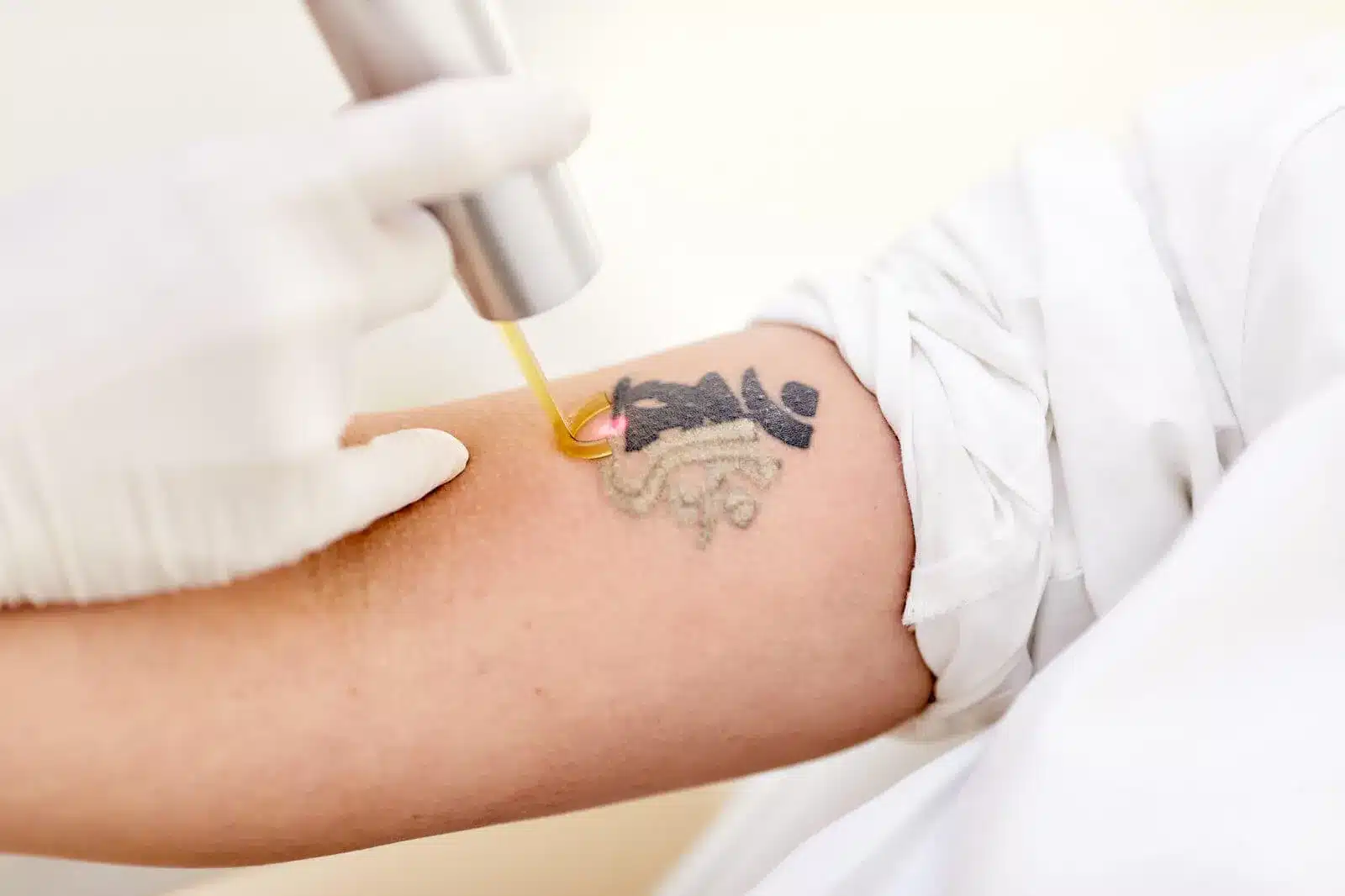How Does Permanent Laser Tattoo Removal Target Specific Tattoo Pigments
Permanent tattoo removal has become a popular method for individuals who regret their tattoos or simply want to remove them for other personal reasons. Laser technology has emerged as one of the most effective techniques for targeting tattoo pigments and breaking them down for removal. Understanding how lasers specifically target and break down tattoo pigments can shed light on the precision and efficiency of this method. lets delve into Tattoo Removal Dubai.
The Science Behind Laser Tattoo Removal
Laser tattoo removal works through a process called selective photothermolysis. This is when a specific wavelength of light is emitted from the laser, which is absorbed by the pigments in the tattoo ink. The laser's energy then breaks down the ink particles into smaller pieces, which are gradually eliminated by the body's immune system. However, the challenge lies in the fact that tattoo inks come in many different colors, and each color is made of different pigments. Therefore, the laser must be calibrated to target specific pigments without damaging the surrounding skin.
Tattoo Pigments and Their Response to Light
Tattoo inks contain various pigments that give them their vibrant colors. These pigments are often made of inorganic compounds, such as metals and other chemicals, each with different absorption properties. When the laser is applied to a tattoo, its energy is absorbed by the pigment particles, causing them to heat up and break into smaller fragments. Different tattoo colors are made from different pigment types, and each type reacts differently to light. Some colors, such as black, absorb all wavelengths of light, while other colors, such as red or blue, only absorb certain wavelengths. This means that in order to effectively remove a tattoo, lasers need to be specifically calibrated to target and break down each pigment individually.

The Role of Wavelengths in Laser Tattoo Removal
One of the key factors in how a laser targets tattoo pigments is the wavelength of light it emits. Different wavelengths of light have different levels of absorption by various pigments in the tattoo. The shorter the wavelength, the more energy it carries, and the more it can penetrate the skin. In contrast, longer wavelengths are absorbed by larger pigments and penetrate deeper layers of skin. Lasers that are used for tattoo removal typically fall into two categories: Q-switched lasers and picosecond lasers. Q-switched lasers, such as the Nd: YAG (Neodymium-doped Yttrium Aluminum Garnet) laser, are capable of emitting short bursts of high-intensity light that can break down pigment particles. Picosecond lasers, which have even shorter pulses than Q-switched lasers, work by delivering rapid bursts of energy to disrupt the pigments even further.
How Tattoo Ink is Broken Down by the Laser
When the laser is applied to the tattoo, its energy is absorbed by the pigment particles in the ink. This absorption causes the pigment particles to heat up rapidly, and as a result, the ink particles are fragmented into smaller pieces. The energy from the laser essentially shatters the pigment, which is a crucial step in the removal process. These smaller pigment particles are then naturally processed and eliminated by the body. The body's immune system, specifically white blood cells, identifies the fragmented ink particles and works to remove them through the lymphatic system. Over time, as more and more pigment is broken down, the tattoo becomes lighter and less visible until it is eventually removed or greatly reduced.
The Importance of Multiple Sessions
Laser tattoo removal is rarely achieved in a single session. It generally takes multiple treatments to effectively break down the ink particles and completely remove a tattoo. This is because the ink particles, once broken down, are often too large to be completely cleared away in just one session. The body needs time to process and eliminate the particles after each treatment. The number of sessions needed for effective tattoo removal depends on several factors, including the size and color of the tattoo, as well as the depth of the ink in the skin. Tattoos with darker, deeper pigments may require more sessions than lighter or more superficial tattoos. The intervals between sessions also allow the skin to heal, and the immune system to remove the broken-down pigment.

Customizing Laser Settings for Different Pigments
One of the most important aspects of effective laser Tattoo Removal in Dubai is customizing the settings to match the tattoo's color and depth. The wavelength of the laser, pulse duration, and energy intensity can all be adjusted depending on the tattoo's characteristics. By fine-tuning the settings, the practitioner ensures that the laser only targets the tattoo pigment without causing damage to the surrounding skin tissue. For example, a tattoo with black ink, which absorbs a broad range of wavelengths, can be treated with a laser emitting a wavelength of 1064 nm. On the other hand, a tattoo with yellow or red ink, which has a more specific absorption range, would require a laser emitting a wavelength of 532 nm.
The Role of the Immune System in Tattoo Removal
While the laser plays a significant role in breaking down the tattoo ink, the immune system is responsible for clearing the fragmented pigment from the body. After the laser has shattered the pigment particles, the immune system recognizes these broken pieces as foreign matter and works to remove them. White blood cells engulf the particles and transport them to the lymph nodes, where they are further processed and eventually eliminated from the body. This process is gradual, and it can take several weeks for the body to completely remove the broken pigment. As a result, the tattoo may appear lighter after each session, with the gradual fading of colors being a sign that the removal process is working. The effectiveness of this process depends on the individual's immune system, as some people may clear the pigment more quickly than others.
Conclusion
Laser tattoo removal is an effective and precise way to target specific tattoo pigments and break them down for removal. By using lasers with different wavelengths, the procedure can effectively treat tattoos of various colors and depths. The combination of the laser's ability to break down pigment particles and the body's natural immune response results in the gradual fading and eventual removal of tattoos. While multiple sessions are usually necessary, the precision of laser technology makes it one of the most reliable methods for permanent tattoo removal.
